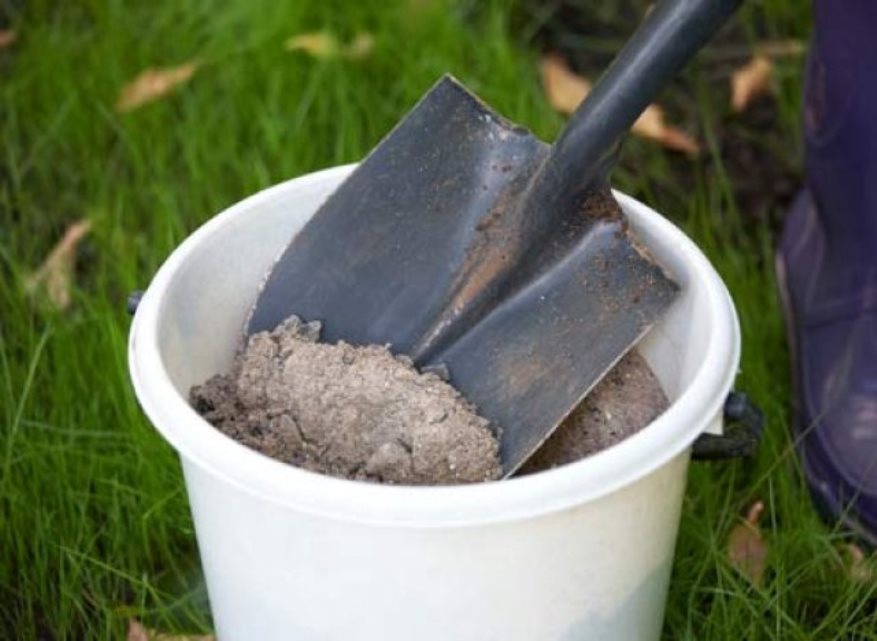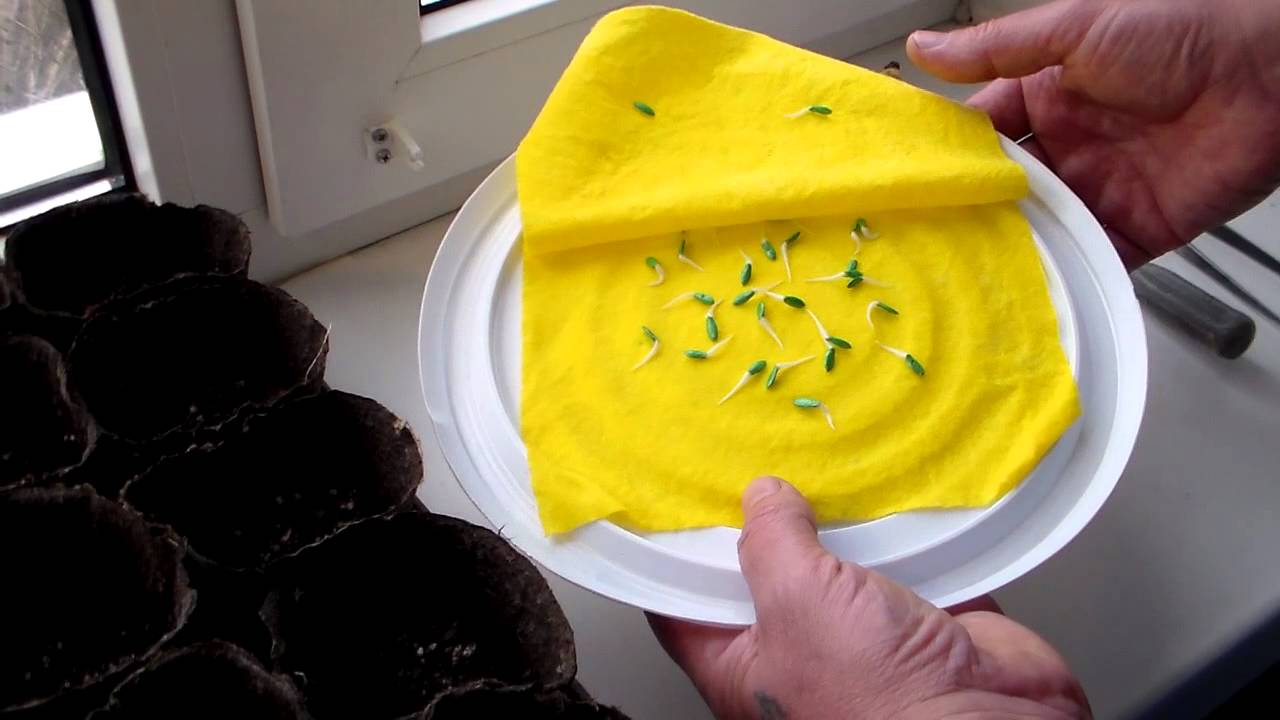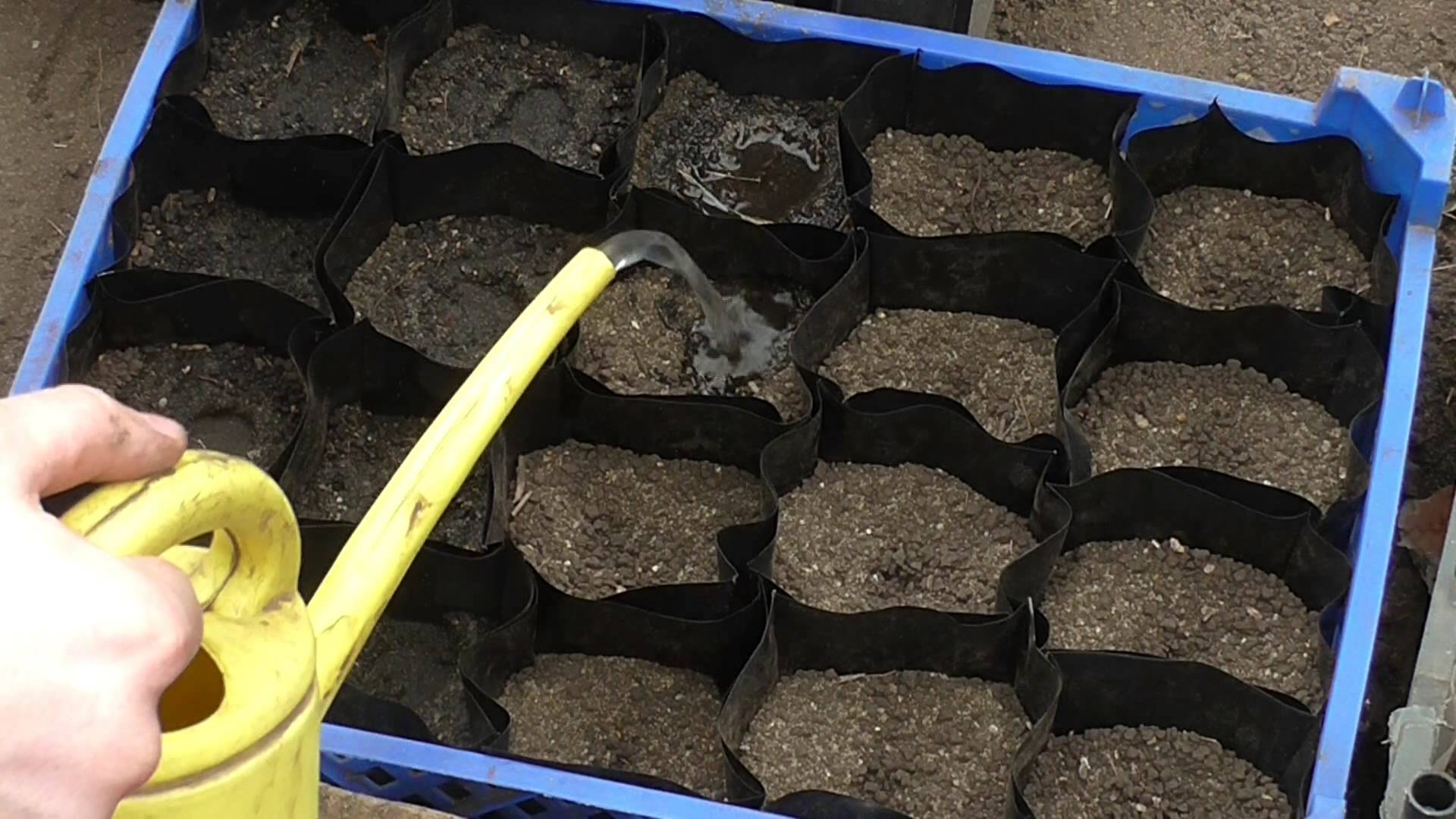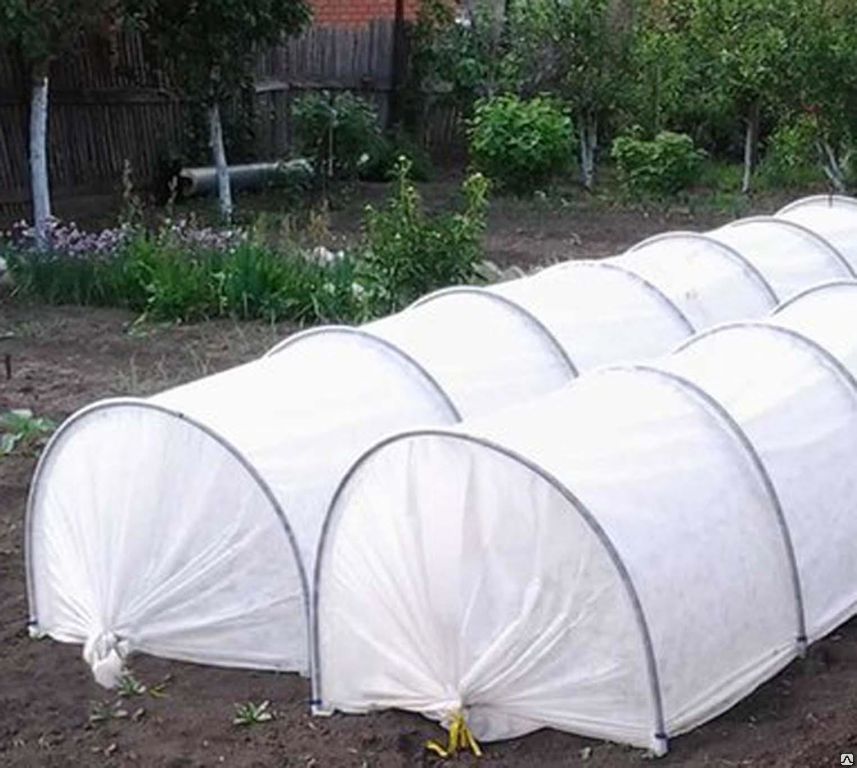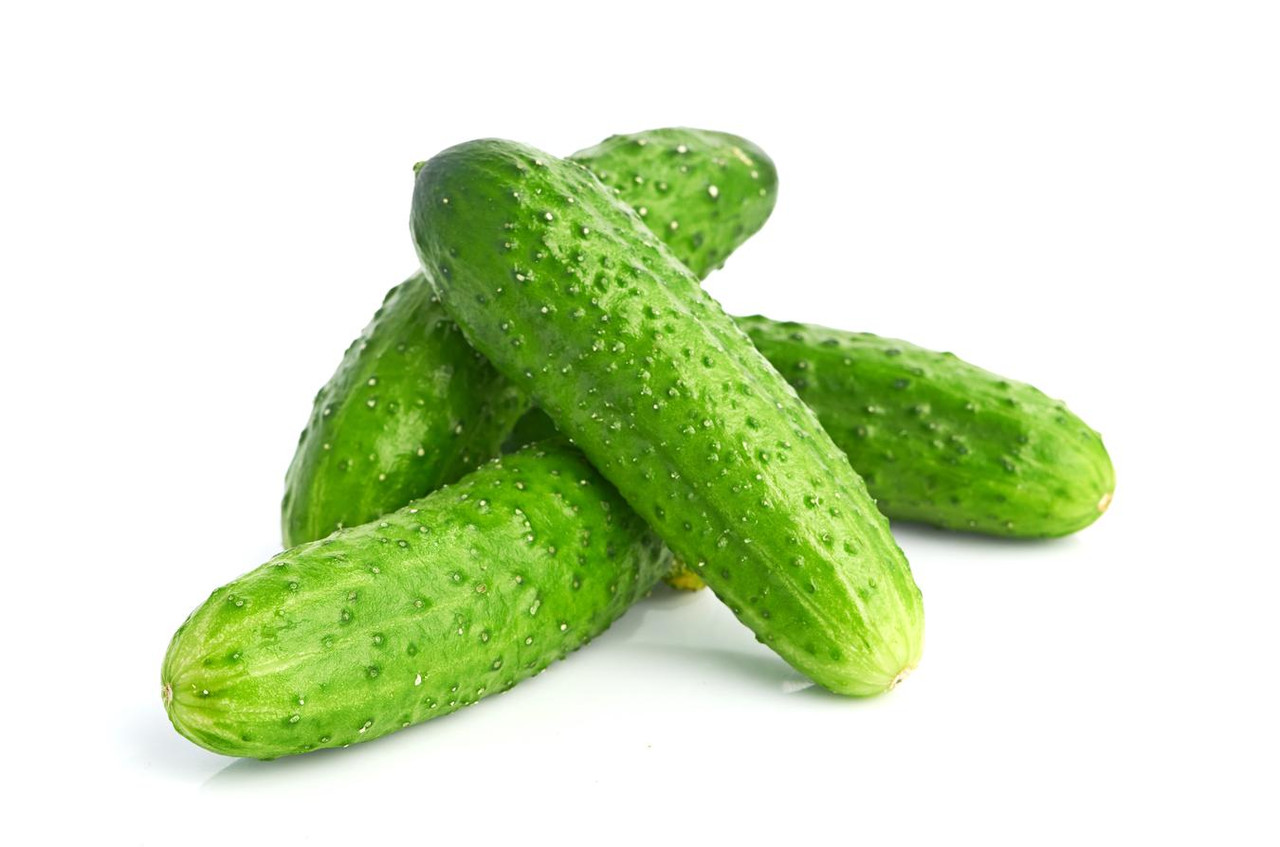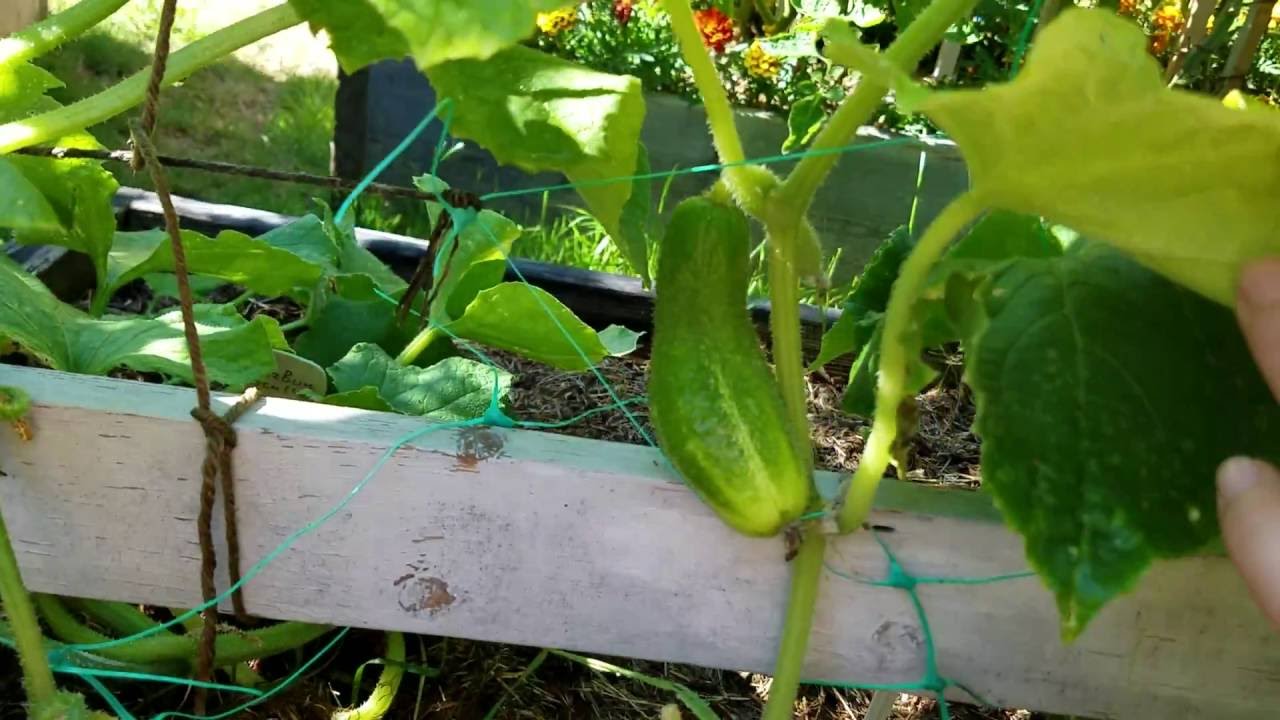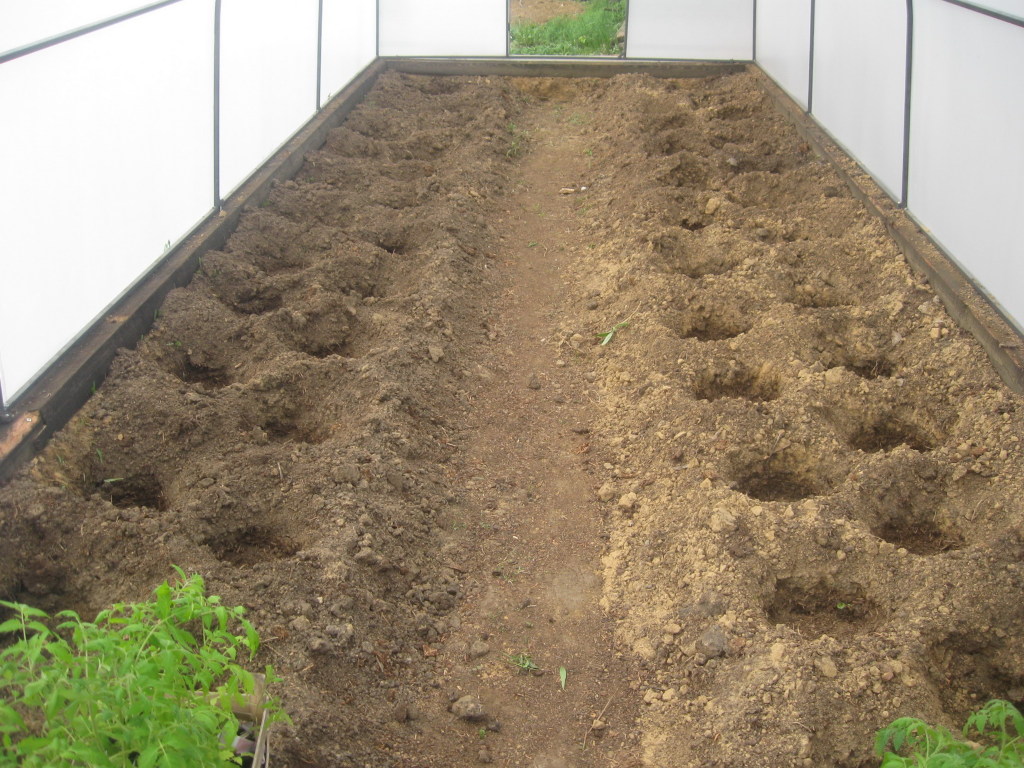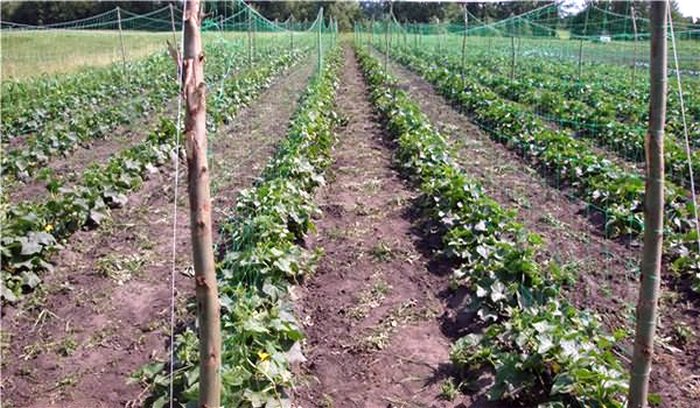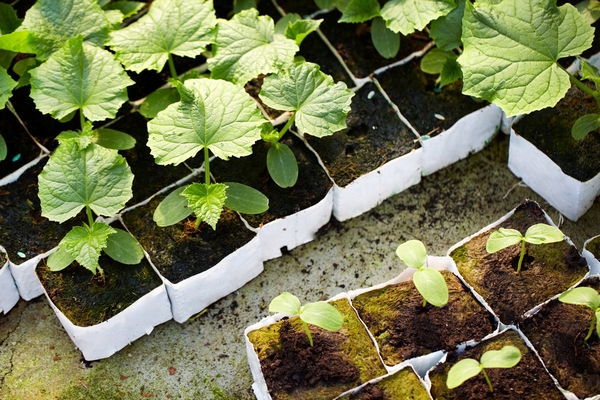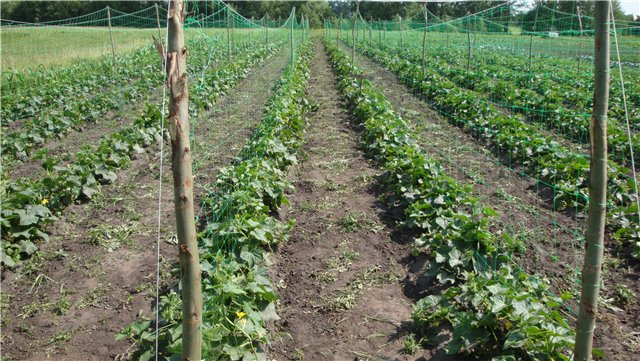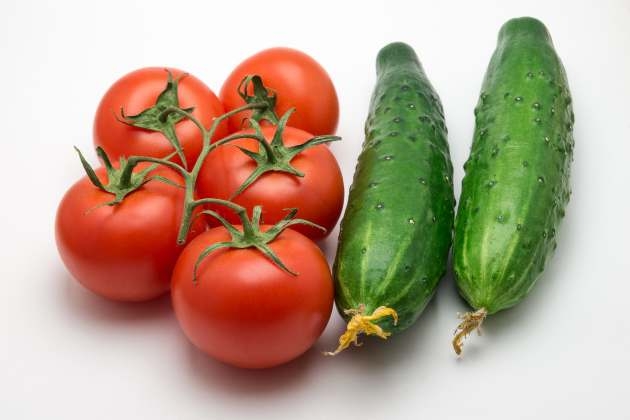Content:
Cucumbers are grown everywhere in our country. But if in the southern regions this vegetable, imported from India, successfully grows and bears fruit in the open field from May to September, then in the Non-Chernozem and northern regions one cannot do without a greenhouse. The article describes the features of growing cucumbers in greenhouses - agricultural technology, the necessary conditions for development, expert advice.
Greenhouses and greenhouses are designed to protect plants from the effects of cold weather, high winds, rainfall and hail and help grow early crops. Cucumber is the most popular greenhouse "inhabitant"; information on how to plant cucumbers in the greenhouse will help you avoid mistakes when cultivating them.
What is required for cucumbers in a greenhouse
- Illumination. The cucumber is photophilous, it develops best with 10-12-hour daylight hours, therefore cucumber beds in the greenhouse are located from west to east so that the plants receive even sunlight. When shading, the lashes stretch out, the bushes weaken. If the plantings are thickened, excess moisture settles on the plants, causing the development of diseases, the appearance of pests and even decay.
- Temperature. In clear weather the temperature in the greenhouse should be 22-26⁰С, in cloudy - 20-22⁰С, at night - 16-18⁰С. Temperature drops are harmful to cucumber. When airing the greenhouse, you cannot create a draft; the door or window is opened gradually so that there is no sharp contrast between the incoming air and the atmosphere inside the greenhouse.
- The soil. Cucumbers love loose, humus-rich, aerated soil. The best combination would be loam, compost and peat in equal proportions. You can add softwood sawdust or hay sprayed with a solution of urea. Phosphorus fertilizers and wood ash are applied to the beds.
- Humidity. Cucumber is a moisture-loving culture. The soil should be moderately moist throughout the growing season, its drying out will stop the growth of cucumbers, and excess water will make it difficult for oxygen to reach the roots. The optimum humidity in the greenhouse is 90%.
- Greenhouse dimensions. A common mistake when constructing greenhouses is that these structures are made too low. In such "tunnels" the most productive hybrids will be cramped. Cucumber lashes are carried vertically in a greenhouse, providing them with a support with a height of at least 1.5 m for this. Vertical cultivation gives a more effective result in comparison with a culture that develops in a grasp.
Landing dates
In a greenhouse, cucumbers are planted with seedlings or seeds are sown directly into the ground. Planting or sowing times depend on the climate, so you need to focus on local conditions. Many summer residents follow the advice of the lunar calendars, which promise generous harvests when planting vegetables on the "right" days. But if you sow seeds of a heat-loving cucumber in cold soil under freezing rain, they most likely will not sprout, despite the "right" date.
When gardening, it is better to follow a scientific approach to the question of when to plant cucumbers in a greenhouse - to take into account the weather conditions and the stages of plant growth. In particular, it is better to plant cucumbers in a greenhouse when the soil temperature rises to 15 ° C, and 4-5 true leaves are formed on the seedlings. In the middle lane, this condition corresponds to the first decade of May, and if the ridge contains biofuel (manure) - the last decade of April.
Selection of varieties
The key to a high yield of cucumbers will be a thoughtful choice of varieties. In indoor conditions, parthenocarpic varieties and hybrids are preferable. They do not require additional pollination for the formation of female ovaries (fruits). The hybrids are the most productive - in each axil of leaves they form from three to six, and some up to eight fruits; they are distinguished by good growth, amicable maturation, and disease resistance. When choosing hybrids of different ripening periods, fresh greens will delight summer residents throughout the season. The characteristics of each variety and the details of its care are given in the description on the package in which the seeds are sold.
Landing rules
In the ridge, pre-filled with nutrients, pits are made, which are spilled with a weak solution of potassium permanganate to disinfect the soil, and a seedling is placed. Then sprinkle the earth near the stem. The stem itself does not fall asleep, otherwise it will give small short-lived roots, when they die off, the stem begins to rot, the risk of diseases increases. Then the seedlings are watered abundantly (2 liters of water per bush) and mulched with cut grass.
Before planting cucumbers in the greenhouse, arrange a trellis. Above the garden bed, two rows of strong wire are securely fixed at the height of the greenhouse, keeping a distance of 30-40 cm between them. The planted plants are tied to a wire. The end of the stem that has grown to it is thrown over the second row, it will hang down by 40-50 cm. The whip will break if you throw it over one wire.
When sowing cucumber seeds in a greenhouse, the same rules are observed, but do not forget that the fruiting of plants will begin later than those grown from seedlings by at least two weeks.
Disembarkation methods
In greenhouses, a two-line, one-line and checkerboard planting scheme is used. When choosing plant layouts, take into account the size of the shelter and the characteristics of the varieties.
- The two-line scheme is used when growing undersized or weakly branching varieties. The distance between the plants is 50 cm, between the rows - 60 cm, the passages between the ridges are at least 70 cm. The two-line scheme allows you to increase the number of planted seedlings, and, therefore, collect more greens.
- When choosing vigorous varieties, a single-line placement of cucumbers is preferable, the distance between which is maintained at 30-35 cm. The one-line method provides ease of planting maintenance, since access to plants is not difficult.
- The checkerboard order of planting eliminates confusion of stems, contributes to good illumination of cucumbers and their rapid growth. The bushes are placed at a distance of 40-50 cm, taking into account the selected variety.
Indoor cucumber care
In the spring, after planting seedlings or seeds in a greenhouse, the bed is covered with a film from the cold. The bushes gradually accustom them to new growth conditions, starting to remove the covering material, first for a short time, then gradually increasing the intervals.
Cucumbers in the greenhouse are watered in the morning. Watering in the evening promotes the accumulation of condensation at night, which will lead to disease. On sunny days, cucumbers are watered - 3-4 times a week, on cloudy days - 1-2 times, giving 2-3 liters of water under each bush.
During the period of mass fruiting, watering is carried out daily, and the temperature in the greenhouse is brought to 28 ° C.
During the season, cucumbers are fertilized 5-6 times.The first feeding is carried out two weeks after planting, using manure infused in a bucket of water (1:10) or chicken droppings (1:20), giving 1 liter of solution per 1 m2. During the flowering of cucumbers, mineral fertilizers are applied. After the onset of fruiting, four dressings are carried out every seven days, alternating mineral and organic substances.
An important agrotechnical measure for the development of a cucumber is the formation of a bush. The plant is usually led in one stem, the lateral shoots are limited in growth and are left 20 cm long. The main whip is pinched when it has reached the trellis, leaving 3-4 leaves above the wire.
Tips from experienced growers
- For the convenience of caring for cucumbers, as well as those who do not have the opportunity to constantly be on the site, it is recommended to equip the greenhouse with an automatic irrigation system and automatic vents that open when the temperature reaches the limit values.
- Before bringing the soil and planting the plants in the greenhouse, it must be disinfected. A good effect is given by a solution of karbofos (50 g per 10 l of water) with shaved tar soap diluted in it. Solution consumption is 10 liters per 100 m2.
When working with poisonous substances, it is important to follow safety rules - use a respirator, gloves, rubberized clothing. - Peking cabbage or dill are planted in the greenhouse around the perimeter of the cucumber garden. Combined planting contributes to the rational exploitation of the area and the harvesting of various vegetables.
The use of a greenhouse and knowledge of the nuances of caring for cucumbers in greenhouses will not leave summer residents without a crop, even in the most adverse weather conditions.
